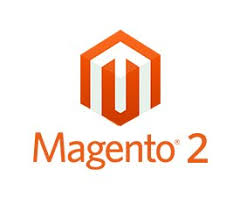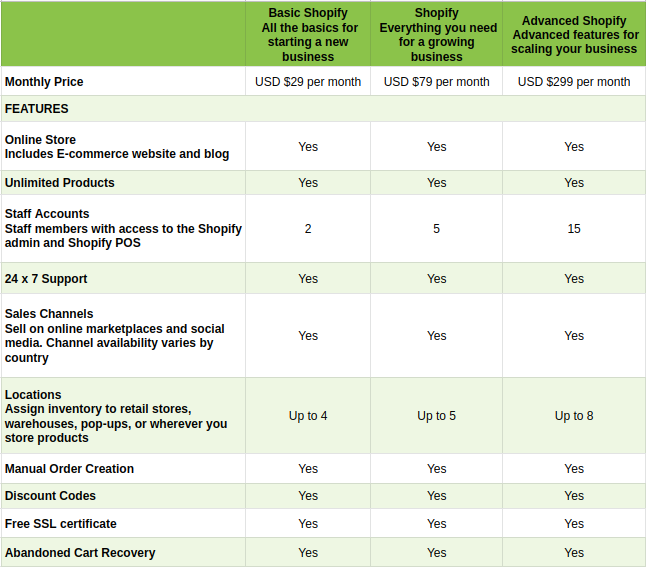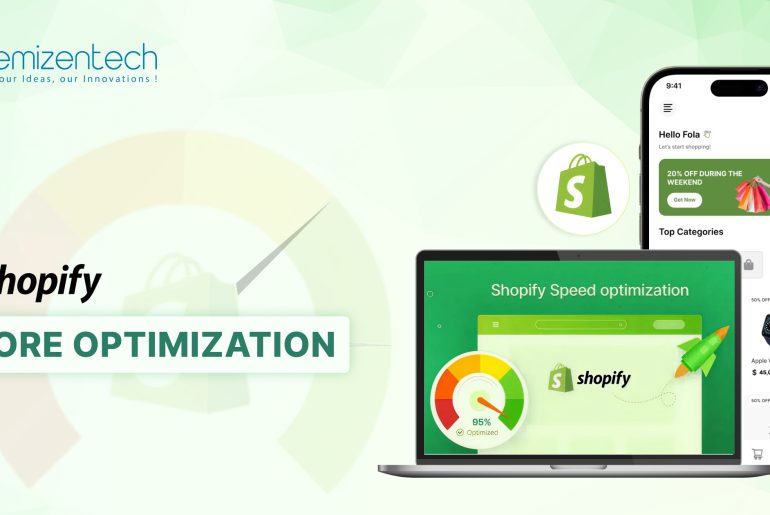There could be multiple reasons for the merchants to migrate from one platform to another, but the core reason is always the same – they are not happy with the current ecommerce platform. The current platform maybe not synthesizing with the needs of your industry business or its life has been ended such as Magento 1.
Magento and Shopify are amongst the most popular ecommerce platforms across the world for developing highly interactive ecommerce stores. These two platforms are often the migration choice of the store owners. Despite being so popular, one has to be aware of their differences before making any migration decision.
Magento
 Magento was released in the year 2008. It is a self-hosted ecommerce platform built on the Zend framework and written in PHP. It is currently owned by Adobe and many big companies or brands love this platform. Since it is an open-source platform, you get tons of beautiful themes for free. Most of the Magento features are for free, but big enterprises prefer to go for enterprise solutions. It is somewhat expensive, the yearly licensing fee is thousands of dollars. But the features completely stands on its price.
Magento was released in the year 2008. It is a self-hosted ecommerce platform built on the Zend framework and written in PHP. It is currently owned by Adobe and many big companies or brands love this platform. Since it is an open-source platform, you get tons of beautiful themes for free. Most of the Magento features are for free, but big enterprises prefer to go for enterprise solutions. It is somewhat expensive, the yearly licensing fee is thousands of dollars. But the features completely stands on its price.
Shopify
 Shopify was created to fix the problems of the founders. At that time there was no decent ecommerce platform that could meet the requirements of the ecommerce they wanted. It was first released nearly 15 years ago and currently, it is one of the most popular platforms for ecommerce store development. There are more than 800 thousand merchants who use Shopify as their ecommerce platform, and the reason is obvious as it is quite simple for Shopify to launch an ecommerce store. It automates sales, shipping, and also marketing tasks.
Shopify was created to fix the problems of the founders. At that time there was no decent ecommerce platform that could meet the requirements of the ecommerce they wanted. It was first released nearly 15 years ago and currently, it is one of the most popular platforms for ecommerce store development. There are more than 800 thousand merchants who use Shopify as their ecommerce platform, and the reason is obvious as it is quite simple for Shopify to launch an ecommerce store. It automates sales, shipping, and also marketing tasks.
Costs
For the migration process, there is no fixed price. The price depends on many factors such as your business requirements, short or long-term goals, and also your store size.
If you are migrating to Magento 2, then you will have 3 different options: Magento Open-Source, Magento Commerce, or Adobe Commerce Cloud.
Magento Open-source is free of charge including its license, download, and further usage. Magento Commerce is mostly opted by the large companies that come with a licensing fee of $22,000 annually determined for each store on the basis of region, turnover, average, order value, and many other factors.
You have to also focus on data migration. Only a reliable ecommerce development company like us will handle the data properly without any mismanagement. Regarding extensions, you have to focus on one thing, the extensions of the Magento 1 store can’t work with Magento 2 due to the code differences. But no worries, as there are plenty of extensions for Magento 2. Also, if there is any custom extension on Magento 1 then it can be re-created on Magento 2. The cost will increase with the complexity of extensions. You also have to find a new theme for Magento 2.
If you are migrating to Shopify, each case is unique as well. Just like in the case of migrating to Magento 2, you have to find an expert ecommerce development agency for Shopify migration. Regarding the data, check your existing data and decide what data you want to migrate and what not. This will save your cost and time. The fees depend on the choice of the Shopify platform as per the below table:

The price will change in accordance with the number of locations, staff accounts, features, etc. Also, you will not just have to pay the platform fee but also the fee of every purchase including the returned orders as well. The rates will depend on the chosen platform. Furthermore, if you are not using Shopify Payments and any other 3rd party payment gateway, then you have to pay for the payment fees as well. The main issue with the Shopify payments is that it is not available in every country.

You can find many Shopify themes but apart from purchasing the theme you also have the option of reaching a professional Shopify development company for creating a custom or personalized theme which can meet your industry niche and business standards. The price will depend on your requirements.
Also Read: Magento Commerce vs. Shopify Plus Comparison: Which Is Better For eCommerce
Limitations
Every platform has some limitations and obviously, you can’t ignore them. You have to analyze these limitations and find whether you can accept them or not. In Magento, there are a few limitations that you can easily tackle by custom development, while in Shopify there are a lot of limitations that you can’t tackle easily. It is a SaaS solution, not an open-source where you have full access to the code.
As we mentioned, Shopify is a SaaS-based solution which implies that you will not get immediate help if your site is down and you might have to wait for hours for the help. You will not have access to code as it is not open-source.
If you are a large enterprise this scenario is not acceptable. If you are migrating to Shopify, only data such as products and customers is possible to import through CSV files. It means that the rest of the information would be copy-paste from your existing site to the new one.
It is a bit hard to customize your Shopify site as per your wish. If you are planning to sell which are highly customizable and comes in different variants then you will be disappointed as Shopify has a default limit of 100 variants and you have a limit of 3 options per product. Although you can find apps that can solve this issue, there would be some disadvantages to that too.
Another disadvantage to consider is checkout. There is not an option for single-page checkout. Additionally, the products can be purchased in the website native currency only. But you can show the customer how much the product costs in other currencies, but if they proceed further to buy then they have to buy in your currency. You can give wholesale options by creating another store by using a wholesale app or generating discount codes. But there is a disadvantage – from having to pay for another Shopify website to the possibility to use just one discount code.
All these points are coming to a single conclusion that Shopify is not highly flexible for developing an ecommerce store. While on the other site Magento comes with the utmost flexibility in comparison to Shopify.
SEO
The SEO of your website will decide its ranking on the search engine and how it can be discovered by the users. Better SEO leads to more traffic which in turn will give you more sales and increased profits.
Both Magento and Shopify give you SEO features depending upon your requirements. Shopify comes with very easy SEO configurations that a non-techie can also implement. You can go through a wide range of SEO apps in Shopify to improve the organic search experience. But most of these apps are pretty costly. Additionally, you won’t be able to change the CMS page links – they always have the same prefix. Categories of the website always start with /collections/ in the URL and you can’t have a nested category tree.
Again in the SEO segment, you will find Magento much reliable. Just like Shopify, the apps would be costly here but there wouldn’t be monthly costs but a one-time cost, unlike Shopify apps.
Also Read: How To Migrate from Magento to Shopify: Complete Guide
Wrapping Up
In this article, we have shared with you important points that you must keep in focus if you are planning to migrate your Magento store to Shopify, especially if you are a small business. Because there would be several factors which are focusing on the costs of the development and maintenance of an ecommerce store. At Emizentech, the best ecommerce development company in India, we are having expertise in developing ecommerce on every major platform. Let us know your requirements.





